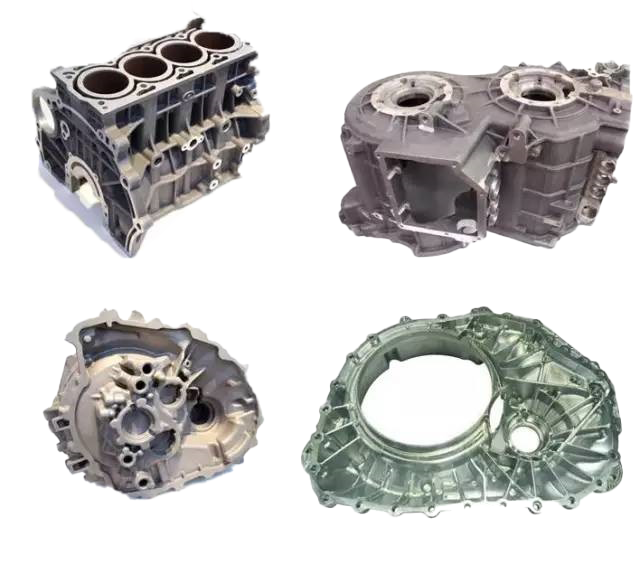Email format error
Email cannot be empty
Email already exists
6-20 characters(letters plus numbers only)
The password is inconsistent
Email format error
Email cannot be empty
Email does not exist
6-20 characters(letters plus numbers only)
The password is inconsistent

News
Analysis of Heat Treatment Process of Die-Casting
Hardware injection molding tool has the advantages of high efficiency in manufacturing, saving raw materials, good characteristics of goods and high precision of school, which prompted it to be loved by many stores, the application scope is extremely numerous and the total number of requirements soars. Therefore design solution injection mold quality service life problem is everyone is more careful of the top priority, and injection mold tempering processing technicality is the top priority.

By the scientific research organization research note: that due to heat treatment method or the actual operation is not good and cause abrasive rupture invalid accounted for 60% of the invalid number up and down. Therefore, in the manufacturing of injection mold, it is necessary to carry out the proper heat treatment method in practice. The technicality of the traditional type of tempering treatment is heat treatment and quenching.
In which heat treatment is divided into:
- before heat treatment: the choice of thermal cycle method to enhance the overall consistency of the abrasive heating and cooling. For but all the thick-walled holes, pipe grooves, concave die that endanger this point, must carry out additional filling, plugging, as far as possible to ensure that the grinding tool can balance heating and cooling; In addition, pay attention to the method of loading furnace, to avoid the die-casting die at high temperature easy weight and deformation caused by.
- the grinding tool heating: in the heating process slow heating (with 200 ℃ / h to raise the temperature), and the choice of secondary heating method, to avoid rapid temperature rise led to the grinding tool inside and outside the temperature difference is too large, resulting in excessive welding stress, in addition, to reduce the change of ground stress.
- heat treatment temperature and thermal insulation time: to choose a low limit heat treatment heating temperature, the average heat time is not suitable for too short or too long, generally by the wall thickness and strength to clarify the average heat time. h13 steel heat treatment strength and thermal insulation time of the correlation curve are shown in the above chart.
- heat treatment cooling: the choice of pre-cooling methods, and according to to adjust the standard air pressure and wind, reasonable manipulation of the cooling rate, so that the maximum dream cooling. That is pre-cooling to 850 ℃, expand the cooling rate, quickly according to the "C" curve nose, mold temperature in 500 ℃ below slowly reduce the cooling rate, to Ms point below the selection of similar isothermal changes in cooling methods to minimize the heat treatment deformation. Abrasive cooling to about 150 ℃, turn off the refrigeration centrifugal fan, so that the abrasive of course cooling.
Quenching
Die casting die must be adequately quenched, generally quenched three times. The first quenching temperature is located in the temperature range of the second hard bottoming; the second quenching temperature is selected to make the abrasive achieve the required strength; the third quenching should be less than the second l0℃-20℃. After quenching are selected oil cooling or air cooling, quenching time of not less than 2h.
Conclusion
Modern development trend so far, and the emergence of surface modified material technology, high-frequency quenching and related ultra-low temperature thermal expansion of the technical nature. The technicality of the continuous upgrade huge enhance die-casting manufacturer's injection mold brand promotion, promote the rapid development trend of aluminum die-casting manufacturing industry.
For more information about material used for die casting,aluminum die casting alloys,die casting engine block, we are glad to answer for you.

